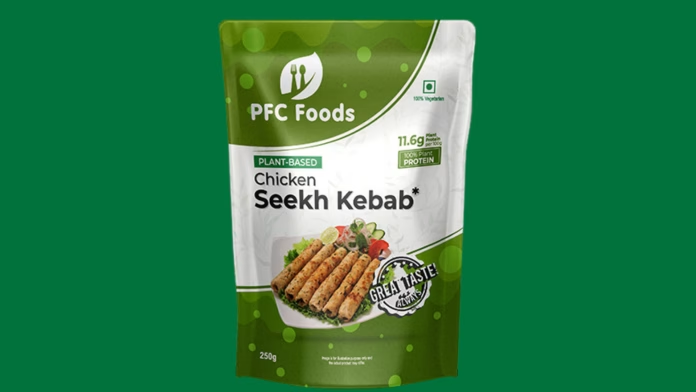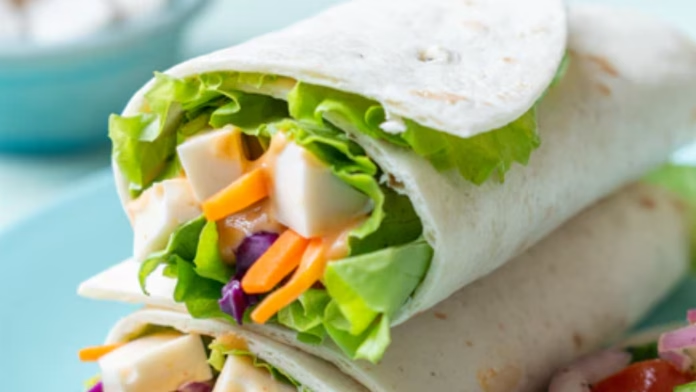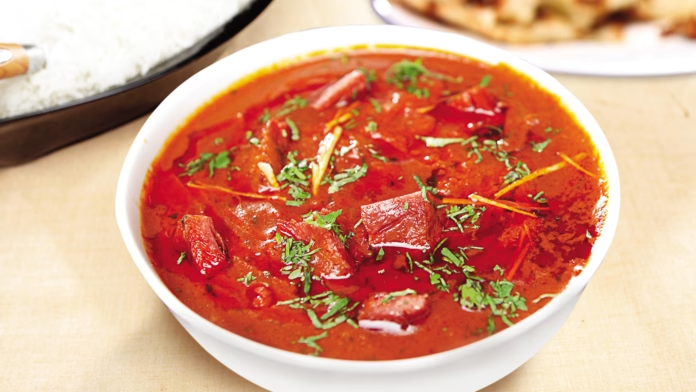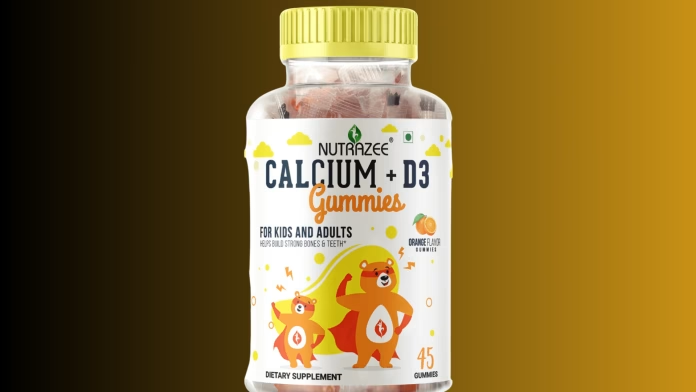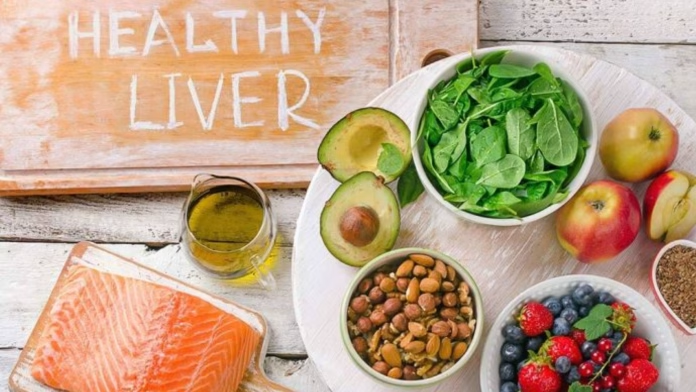Dwayne “The Rock” Johnson is known for his impressive physique and strict diet, which includes eating six meals a day. While this may seem excessive to some, there are actually several reasons why you should consider adopting a similar eating pattern.
So, to give you a vague image of what to include in your diet, incase you’re trying to achieve the same physique as him, Dwane has:
Meal 1: Johnson starts his day with a hearty breakfast that includes a combination of protein, carbohydrates, and healthy fats. His go-to breakfast typically includes egg whites, oatmeal, and a piece of fruit.
Meal 2: For his mid-morning snack, Johnson usually reaches for a protein shake or a piece of fruit with some almonds or other nuts.
Meal 3: For lunch, Johnson typically eats a large portion of grilled chicken or fish, brown rice or sweet potatoes, and a vegetable like asparagus or broccoli.
Meal 4: Johnson’s mid-afternoon snack usually consists of another protein shake or a protein bar.
Meal 5: For dinner, Johnson enjoys a large portion of lean protein like grilled steak or salmon, along with a side of vegetables and a complex carbohydrate like brown rice or quinoa.
Meal 6: Johnson’s final meal of the day is a snack that includes cottage cheese or Greek yogurt, along with some nuts or fruit.
Science behind 6 meals a day
Boosts metabolism:
Eating smaller, more frequent meals throughout the day can help to boost your metabolism. This is because your body has to work harder to digest and absorb the nutrients from each meal, which burns more calories.
Promotes muscle growth:
Eating six meals a day can also help to promote muscle growth. By providing your body with a steady stream of nutrients, you can fuel your muscles and help them to recover and grow after workouts.
Prevents overeating:
Eating six small meals a day can also help to prevent overeating. When you go too long without eating, you may be more likely to reach for unhealthy snacks or eat larger portions at mealtime. By eating more frequently, you can keep hunger at bay and avoid overindulging.
Provides consistent energy:
Eating six meals a day can also help to provide you with consistent energy throughout the day. By avoiding large meals and sugar crashes, you can maintain steady blood sugar levels and avoid feeling sluggish or tired.
Allows for proper nutrient intake:
By spreading your meals out over the course of the day, you can ensure that you are getting all the nutrients your body needs. This can help to support overall health and well-being.
Word of Caution:
While the six meals a day diet may offer benefits such as boosting metabolism and preventing overeating, it’s important to approach this eating pattern with caution. Some studies suggest that eating more frequently may not necessarily lead to greater weight loss or metabolic benefits and basically we are breaking down the 3 meals of day in half to have 6 and not 6 big portions a day.
Consuming too many calories or overeating during each meal can negate the potential benefits of eating more frequently. It’s also important to ensure that each meal is balanced and provides all the necessary nutrients, rather than relying on processed or high-calorie snacks. As with any diet, it’s important to consult with a healthcare professional or registered dietitian to determine if the six meals a day diet is appropriate for your individual needs and goals.



